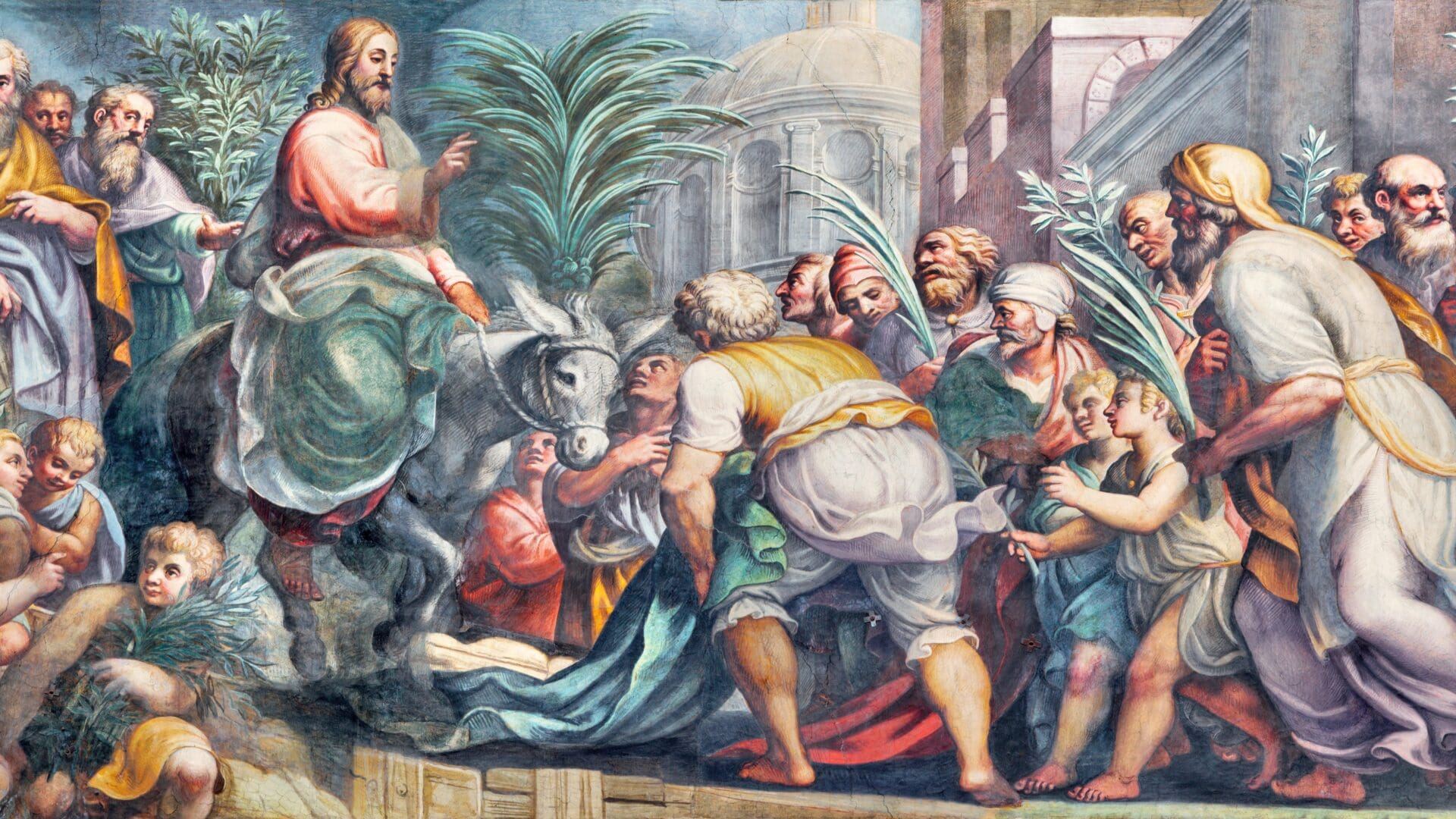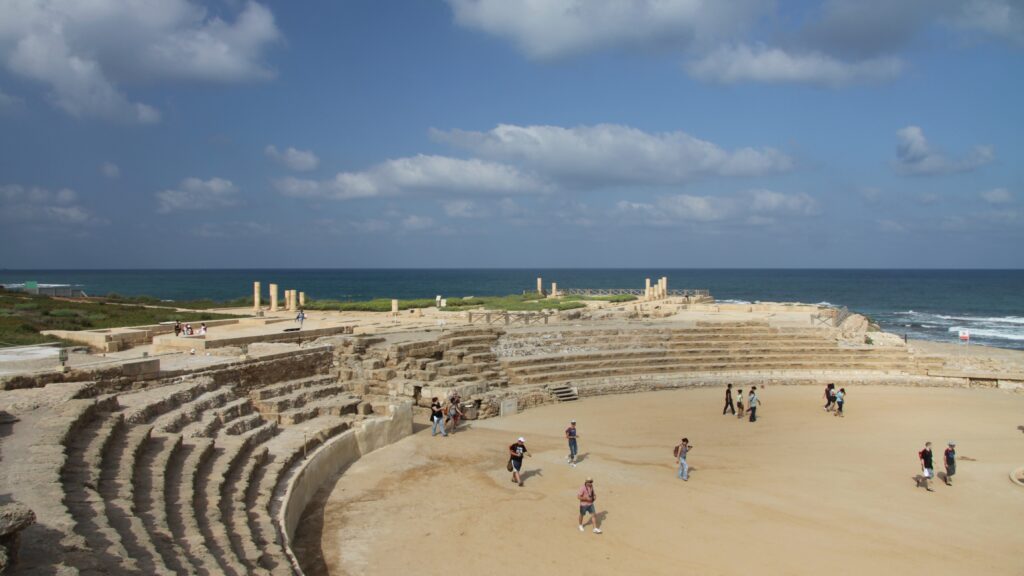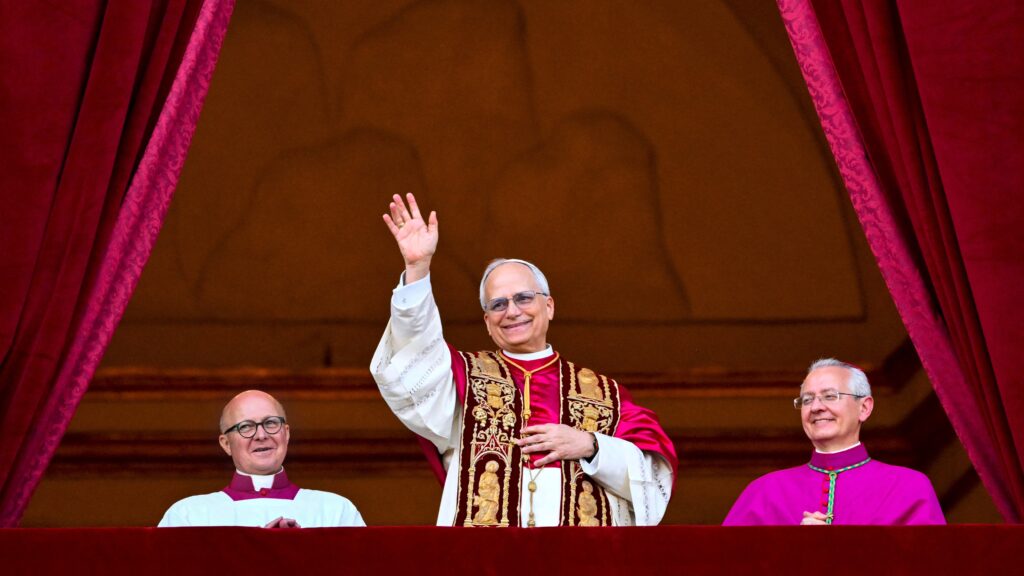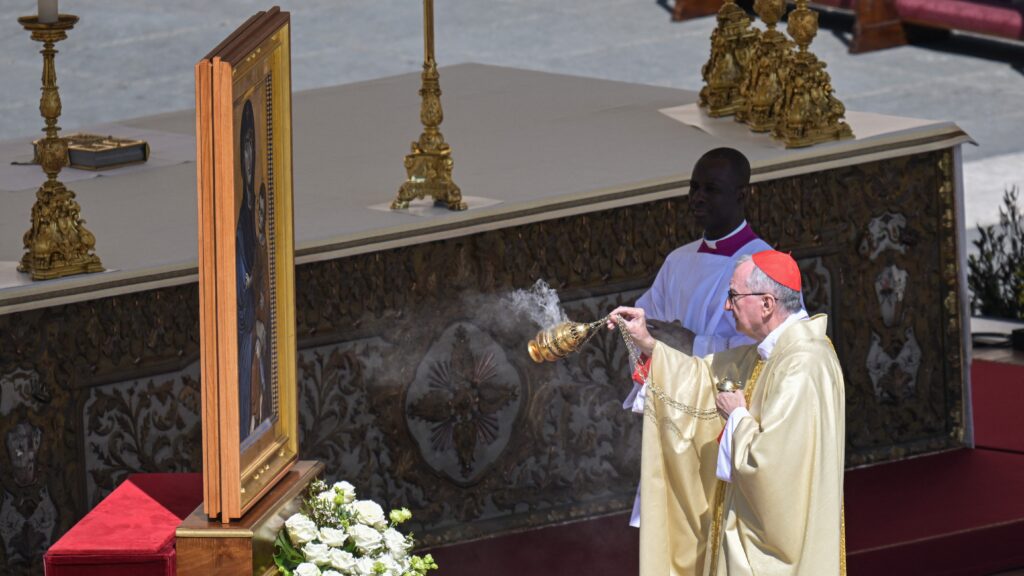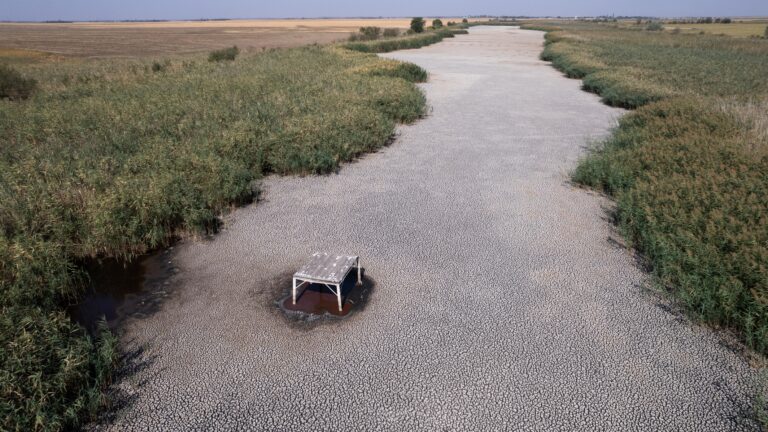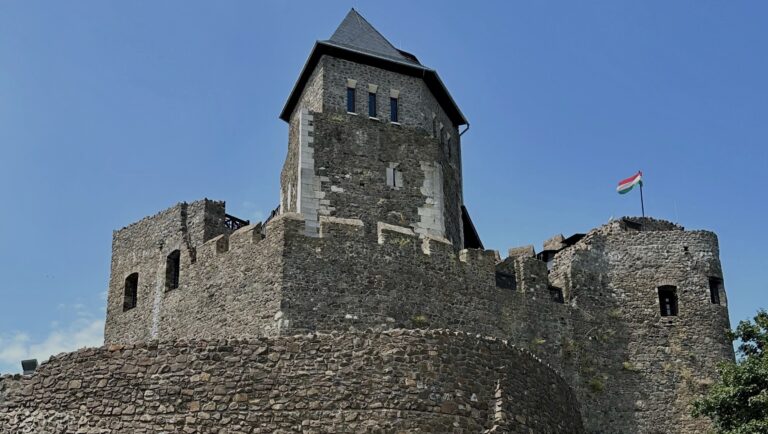This past Sunday most Christians began the most sacred week of the year, Holy Week with the Palm Sunday celebration—the Orthodox and other Apostolic Churches normally observe the holy festivities a week after because they follow the Julian calendar, as opposed to the one established by Pope Gregory XIII in 1582, which is observed in the West.
Holy Week provides us Christians the opportunity to relive the Paschal mystery of Jesus Christ, specifically with the Sacred Triduum of Holy Thursday, Good Friday, and Holy Saturday, so that we may fully partake of the passion, death, and Resurrection of Christ on Easter Sunday.
The Holy Week ceremonies, in which we take into account the words and actions of Christ, as provided by the Roman Missal, re-enact the observances of the Christian faithful observed as early as the fourth century. Indeed, we know how our brethren, after the Edict of Milan of 313 AD—promulgated by the Emperor Constantine (and the Emperor Licinus), which allowed Christians the liberty to publicly practice their faith—with the lighting of the ‘new fire,’ including a large number of lamps and candles and the paschal candle. by a certain woman called Egeria (Etheria).
Having gone on pilgrimage to the Holy Land (381/2–386), her chronicles[1]—intended to inform her sisters in Iberia (Spain)—are the first of their kind that document some of the particular ceremonies we are familiar with today.
Palm Sunday
In the traditional Catholic ritual, i.e., the Roman missal prior to the Holy Week reforms of Pope Pius XII (1955), with the blessing of palms and the chanting of the gospel: ‘As they approached Jerusalem and came to Bethphage on the Mount of Olives…’ (Matthew 21, 1-9), a procession begins led by a processional cross veiled in purple, the cross bearer stops in front of the church doors that are closed, amidst the chanters inside and outside to the words: ‘Gloria laus et honor, tibi sit, Rex Christe Redemptor’ (Glory and honour be rendered unto you Christ the Redemptor King). After which the cross bearer, with the bottom of the cross, knocks on the door three times, the door opens and everyone enters the church, symbolic of Christ both entering Jerusalem and our souls.
According to Egeria, the faithful in Jerusalem:
‘go up to the Mount of Olives to the church where hymns and antiphons [are chanted]. And when the ninth hour approaches, they go up to the Imbomon whence the Lord ascended into heaven… [A]s the eleventh hour approaches, the passage from the Gospel is read, where the children, carrying branches and palms, saying: “Blessed is He that cometh in the name of the Lord”, and the bishop immediately rises, and all the people with him, and they all go on foot from the top of the Mount of Olives, all the people going before him with hymns and antiphons, answering one to another: “Blessed is He that cometh in the Name of the Lord”.’[2]
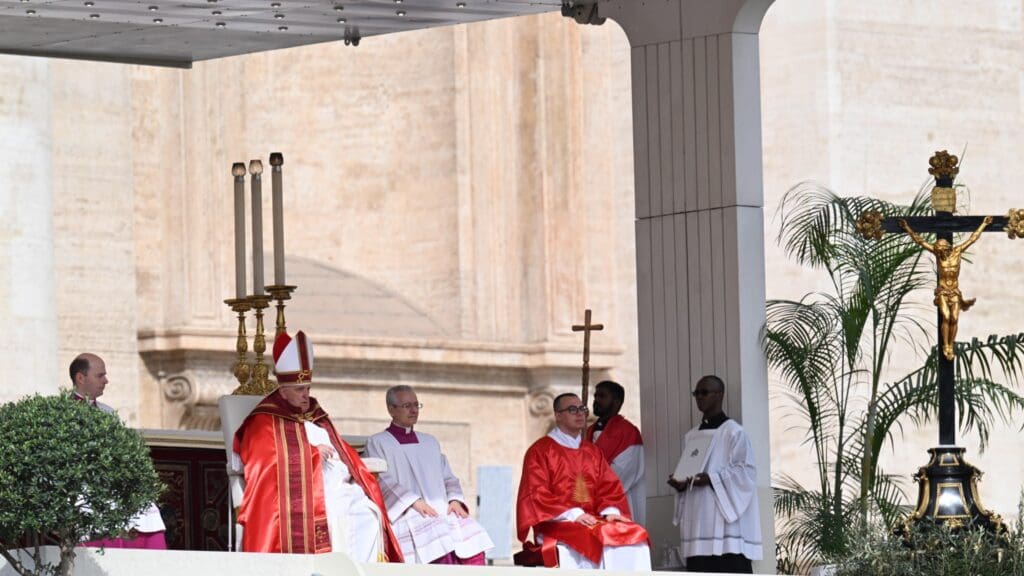
Holy Thursday
While there is a morning mass on this day in which the priestly promises are renewed and in which the bishop also blesses the three oils: the Oil of Extreme Unction (Anointing of the Sick), the Oil of Catechumens, and the holy Chrism, most of the faithful partake of the mass in the late afternoon, the Mass called in Coena Domini (the Lord’s Supper).
The Church commemorates the institution of the Eucharist and the ministerial priesthood:
‘“This is my body, which is for you. Do this in remembrance of me.” In the same way, after the supper, he took the cup, saying: “This cup is the new covenant in my blood. Do this, whenever you drink it, in remembrance of me.”’ (1 Cor 11: 23-25).
‘It is from this sacramental rite,’ as Benedict XVI explained, ‘which [Christ] presents to the Church as the supreme evidence of his love, that Jesus makes ministers of his disciples and all those who will continue the ministry through the centuries. Thus, Holy Thursday constitutes a renewed invitation to give thanks to God for the supreme gift of the Eucharist, to receive with devotion and to adore with living faith. For this reason the Church encourages the faithful to keep vigil in the presence of the Blessed Sacrament after the celebration of Holy Mass, recalling the sorrowful hour that Jesus spent in solitude and prayer at Gethsemane, before being arrested and then sentenced to death.’
The foot-washing ceremony usually takes place. The practice has its roots in the gospel passage describing Jesus washing his disciples’ feet.[3]
Good Friday
On this day we commemorate the Passion, Crucifixion, and death of the Lord. We experience the ultimate love of Jesus for all of humanity, that of giving His life as an offering to His Father for the remission of our sins. We are placed, says Benedict XVI, before something which, humanly, may appear senseless: ‘a God who is not only made Man, with all the needs of man, who not only suffers to save man, taking upon himself the whole tragedy of humanity, but also dies for man’.
In Jerusalem, as noted by Eugenia:
‘And when they arrive before the Cross the daylight is already growing bright. There the passage from the Gospel is read where the Lord is brought before Pilate, with everything that is written concerning that which Pilate spake to the Lord or to the Jews the whole is read. And afterwards, the bishop addresses the people, comforting them for that they have told all night and are about to toil during the same day (bidding) them not be wary, but to have hope in God, Who will for that toil give them a greater reward…. [T]hen from the sixth hour [they] behold the holy wood of the Cross…[praying] until night.’
Then a chair is placed for the bishop in Golgotha behind the Cross, which is now standing; the bishop duly takes his seat in the char, and a table covered with a linen cloth is placed before him…the holy wood of the Cross [is brought to him]…both faithful and catechumens (those who are to are baptised on Holy Saturday), come one by one and, bowing down at the table, kiss the sacred wood and pass through.’[4]
We, up to the present day, continue to do the same. In fact, the veneration of the Cross is the highlight, after the chanting of the gospel passage that recounts Jesus’ Passion, of the Good Friday liturgy.
Holy Saturday
On this day, the last of the Triduum, the catechumens receive the Sacraments of Initiation: Baptism, Confirmation, and Holy Eucharist. As early as the second century, the faithful of Christ held a vigil for him outside of His tomb, fating and praying until dawn on Easter Sunday. They essentially practiced what His followers did.
By the fourth century, the time of the vigil started on Saturday at dusk, with the lighting of the ‘new fire,’ including a large number of lamps and candles and the paschal candle, symbolising the new light that Christ brought into the world. On Easter Sunday the words: ‘Resurrexi et adhuc tecum sum – I have risen, I am still with you, for ever’, which are taken from an ancient version of Psalm 138 (verse18) and are sung at Mass invite us to contemplate the Risen Christ, so that His voice may resound in our hearts. With His act of Redemption on the Cross, Jesus has made us adopted children of God, so that we too can now take our place in the mysterious and loving relationship between Him and His Father.
[1] Published in 1888 under the title ‘The Pilgrimage of Etheria”, Egeria’s chronicles was discovered by Sginer Gamurrini in an eleventh century manuscript at Arezzo, Italy. The Pilgrimage of Etheria. New York, McMillan Company, 1888, vii.
[2] Ibid, 65-66.
[3] Cfr. John 13, 1-11.
[4] Ibid, 74-75.

